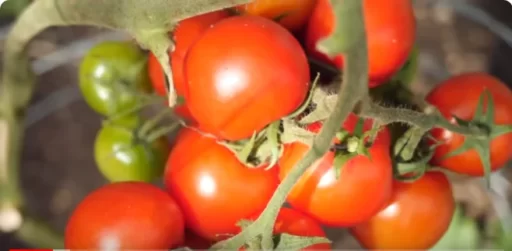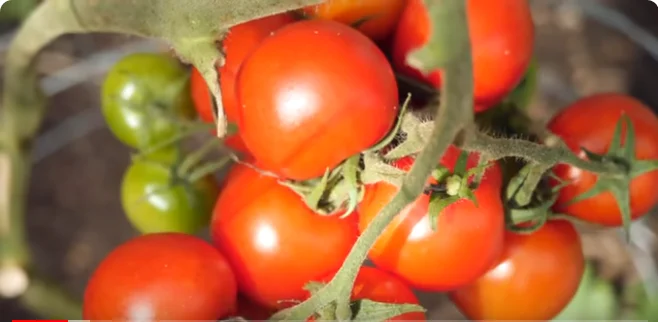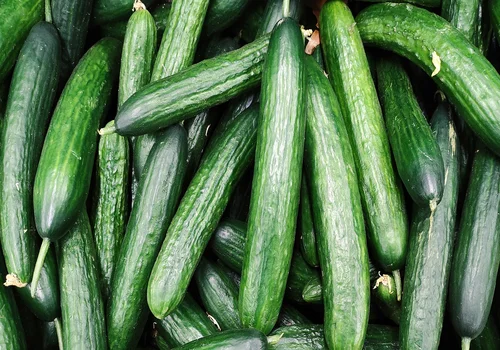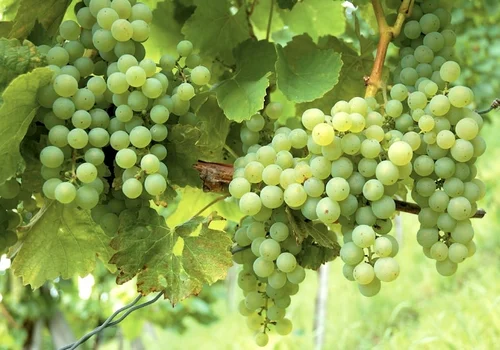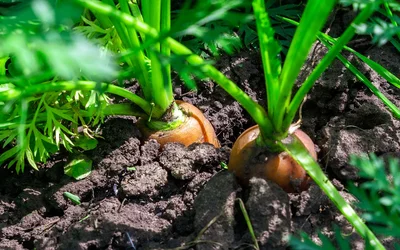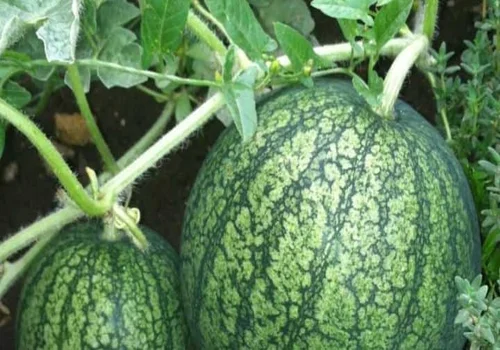Tomatoes are a gardener’s delight, celebrated for their juicy, sweet, and vibrant flavors. Whether you’re a seasoned grower or just starting, planting and growing tomatoes can be a rewarding experience. This guide will walk you through everything you need to know to get your tomato garden thriving, ensuring your plants grow strong and produce plenty of fruit.
Why Grow Tomatoes?
Tomatoes are versatile and come in a wide variety of shapes, sizes, and flavors. From tiny cherry tomatoes to large beefsteak varieties, they can be used in salads, sauces, or simply enjoyed fresh from the vine. Plus, there’s something incredibly satisfying about harvesting your own homegrown tomatoes, knowing they were nurtured from seeds to ripened fruit in your own garden.
Varieties of Tomatoes
The sheer number of tomato varieties can be overwhelming. Here’s a quick breakdown of the most common types:
- Cherry Tomatoes: These bite-sized gems are perfect for salads and snacking. They’re sweet, juicy, and grow prolifically.
- Beefsteak Tomatoes: Known for their large size and robust flavor, these tomatoes are excellent for slicing and using in sandwiches or salads.
- Paste Tomatoes: With their thick flesh and few seeds, paste tomatoes like Roma are ideal for making sauces and canning.
- Salad Tomatoes: These mid-sized tomatoes are versatile and commonly used in everyday cooking.
When choosing a variety, consider your climate and intended use. Some types grow better in warmer climates or greenhouses, while others are more adaptable to outdoor growing.
Tomato Growth Habits: Determinate vs. Indeterminate
Before planting, it’s crucial to understand the difference between determinate and indeterminate tomatoes:
- Determinate Tomatoes (Bush Type): These tomatoes grow to a fixed height, set all their fruit in a short period, and then stop growing. They’re ideal for canning or those with limited space.
- Indeterminate Tomatoes (Vine Type): These plants continue growing and producing fruit throughout the season until frost. They require support, as they can grow quite tall and heavy with fruit.
Starting Tomatoes from Seed
Tomatoes thrive in warm conditions, making it essential to start seeds indoors 6-8 weeks before the last frost date in your area. To determine your last frost date, you can check online using your postcode or zip code.
Steps for Sowing Tomato Seeds:
- Prepare the Soil: Use an all-purpose potting mix. If the soil is lumpy, sift it to create a smooth surface for sowing.
- Sow the Seeds: Place the seeds about 1cm apart on the surface of the soil. Cover them lightly with a thin layer of potting mix.
- Maintain Warmth: Tomatoes need warmth to germinate, ideally at 70°F (21°C). A warm windowsill or heat mat can help maintain the right temperature.
- Cover and Water: Cover the pots with plastic to retain moisture and warmth. Keep the soil damp, but not overly wet.
Once the seedlings appear, keep them in a warm, bright spot. If you’re growing early in the season, consider using grow lights to ensure they get enough light.
Transplanting Tomato Seedlings
When your tomato seedlings are about 4-6 weeks old, it’s time to transplant them. Whether you’re planting them in pots, garden beds, or raised beds, the process is relatively simple.
How to Transplant:
- Prepare the Seedlings: Gently tease apart the seedlings, taking care not to damage their delicate roots. Always handle them by their leaves, not the stem.
- Plant Deeply: Tomatoes have the ability to grow new roots along their stems, so plant them deep, burying the stem up to the lowest leaves. This will result in a sturdier, healthier plant.
- Water and Support: After transplanting, give your tomatoes a thorough watering. For indeterminate varieties, set up a support system like stakes or cages to keep the plants upright as they grow.
Hardening Off Tomatoes
Before planting tomatoes outdoors, they need to be “hardened off,” which means gradually introducing them to outdoor conditions. Start by placing them outside for a few hours a day in a sheltered area, gradually increasing their time outdoors over a week. This helps them acclimatize to outdoor temperatures and reduces the risk of transplant shock.
Supporting Your Tomato Plants
Tomatoes, especially indeterminate varieties, can become heavy with fruit and need support to keep them off the ground. This also reduces the risk of soil-borne diseases and makes harvesting easier.
Types of Supports:
- String Supports: Ideal for growing in greenhouses. Simply tie the string to a horizontal wire and secure it around the base of the plant.
- Tomato Cages: Easy to set up and great for outdoor gardens. You can make your own using wire fencing or buy pre-made cages.
- Stakes: A traditional method that involves driving a sturdy stake into the ground next to each plant and tying the plant to the stake as it grows.
Regularly tie the plants to their supports as they grow to prevent them from falling over.
Feeding and Watering Tomatoes
Tomatoes are heavy feeders and benefit from regular fertilization. Before planting, incorporate well-rotted compost or manure into the soil. Once the plants are established, you can feed them with a balanced fertilizer every two weeks.
Watering is also crucial, especially for tomatoes grown in pots or containers. Keep the soil consistently moist but not waterlogged. Mulching around the base of the plants can help retain moisture and prevent soil splashing onto the leaves.
Common Tomato Pests and Diseases
Tomatoes can be susceptible to pests and diseases like blight, aphids, and caterpillars. Here are some tips to protect your plants:
- Blight: Choose blight-resistant varieties and avoid overhead watering to prevent the spread of fungal spores.
- Aphids: Introduce beneficial insects like ladybugs or use insecticidal soap to control aphid populations.
- Caterpillars: Handpick caterpillars off the plants or use organic pest control methods like neem oil.
Frequently Asked Questions
- When should I plant tomatoes outdoors?
- Plant tomatoes outdoors after the last frost when temperatures are consistently above 50°F (10°C).
- Can I grow tomatoes in containers?
- Yes, tomatoes thrive in containers as long as the container is at least 12 inches deep and provides good drainage.
- How often should I water my tomatoes?
- Water tomatoes consistently, keeping the soil moist but not waterlogged. Aim for deep watering 1-2 times a week.
- Do tomatoes need full sun?
- Yes, tomatoes require at least 6-8 hours of direct sunlight per day to produce healthy, abundant fruit.
- How can I prevent tomato plants from becoming leggy?
- Provide plenty of light and rotate the pots to ensure even growth. If seedlings become leggy, bury them deeper when transplanting.
- What type of fertilizer is best for tomatoes?
- Use a balanced fertilizer with equal amounts of nitrogen, phosphorus, and potassium, or one specifically designed for tomatoes.
- Why are my tomato leaves turning yellow?
- Yellowing leaves can indicate a nutrient deficiency, overwatering, or a lack of sunlight. Adjust care as needed to address the issue.

